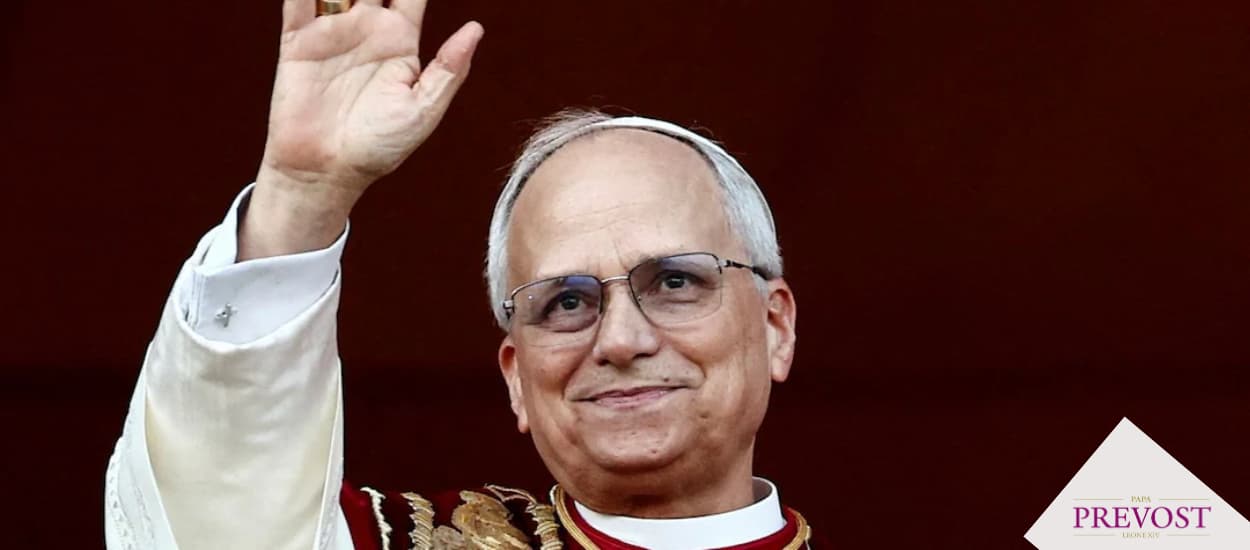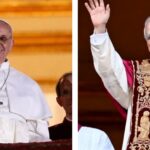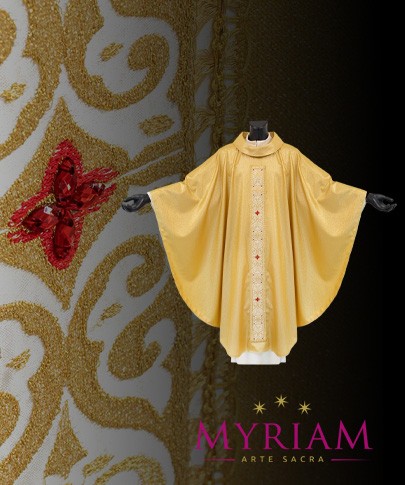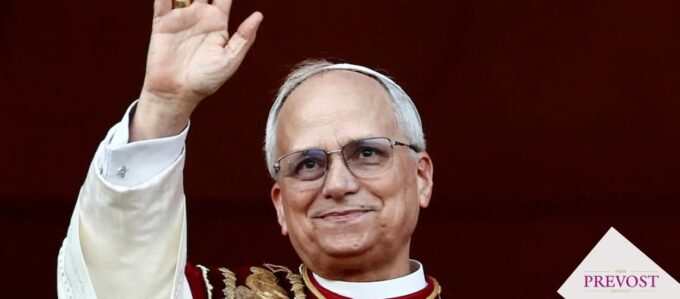The beginning of Pope Leo XIV’s pontificate is characterized from the outset by a reformist vision, in continuity but also with distinctive features compared to his predecessor.
The first meeting with the officials of the Roman Curia and the employees of the Vatican marked an important step: still no programmatic statements, but several guidelines to enhance the missionary dimension of the Church, which has played a significant role in the biography of the new Pope.
The Speech to the Curia: Memory, Spirit of Service, and the Future
Already in his first speech as Pope Leo XIV, the Pontiff directed very profound words towards the Church of Rome, inviting them to build bridges, encourage dialogue, and always be open to receiving.
On May 24, during his official audience with the Curia and the employees of the Holy See, Prevost delivered a very clear message, inviting them to preserve the historical memory of the Church, to keep the missionary spirit alive, and to build communion. It was not a programmatic speech, the Pontiff clarified, but a heartfelt thank you for the daily work done in the service of the Apostolic See.
Memory, he said, is not simply nostalgia, but an essential element to guide the present and plan for the future. From this perspective, every employee and official actively participates in the shared journey of the Church.
Continuing the Reform: Towards a More Missionary Curia
In his address, Leo XIV reaffirmed the importance of the Curia reform promoted by Pope Francis, founded on the perspective of evangelization and the missionary drive outlined in Evangelii Gaudium. The apostolic constitution Praedicate Evangelium, he reminded, follows the path traced by Saint Paul VI and Saint John Paul II, and must continue to inspire the life of the Church.
For this reason, the Pope invited them to never lose the sense of mission: “The experience of mission is part of my life, and not only as a baptized person, as for all of us Christians, but because as an Augustinian religious I was a missionary in Peru, and it was among the Peruvian people that my pastoral vocation matured.”.
The Reform of the Roman Curia Initiated by Francis
Coming into force on June 5, on the Feast of Pentecost, the Praedicate Evangelium marked the completion of a long process of renewal, initiated in the general congregations preceding the 2013 conclave. At the heart of the new structure are the centrality of evangelization, the role of the laity, and a more synodal structure, streamlined and missionary.
Among the main innovations of the apostolic constitution:
- the introduction of the Dicastery for Culture and Education;
- the elevation of the Apostolic Almonry to the Dicastery for the Service of Charity;
- the possibility to lead Vatican dicasteries even if one is not a cardinal;
- renewable five-year terms, limited to one renewal, to encourage rotation between the Curia and local churches.
Finally, the text establishes that every baptized person can hold governance roles in the Curia: a choice that breaks with clericalism and strengthens the principle of ecclesial co-responsibility. From this perspective, the Curia becomes not just an administrative body, but a pastoral instrument at the service of evangelization.
Prevost’s vision, therefore, is in continuity with the previous reform, but we will have to wait to see what differences with Pope Francis will emerge in the concrete implementation of it.









